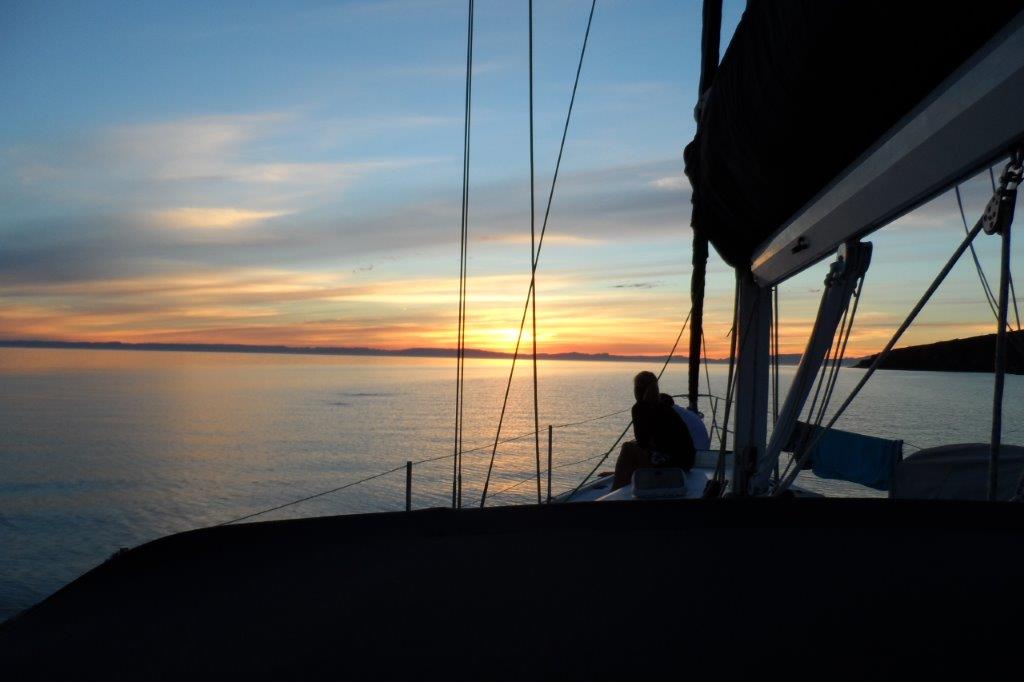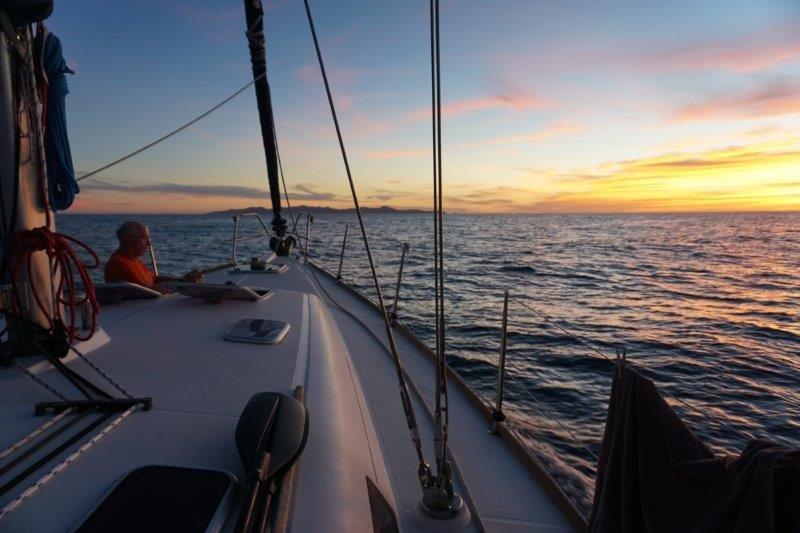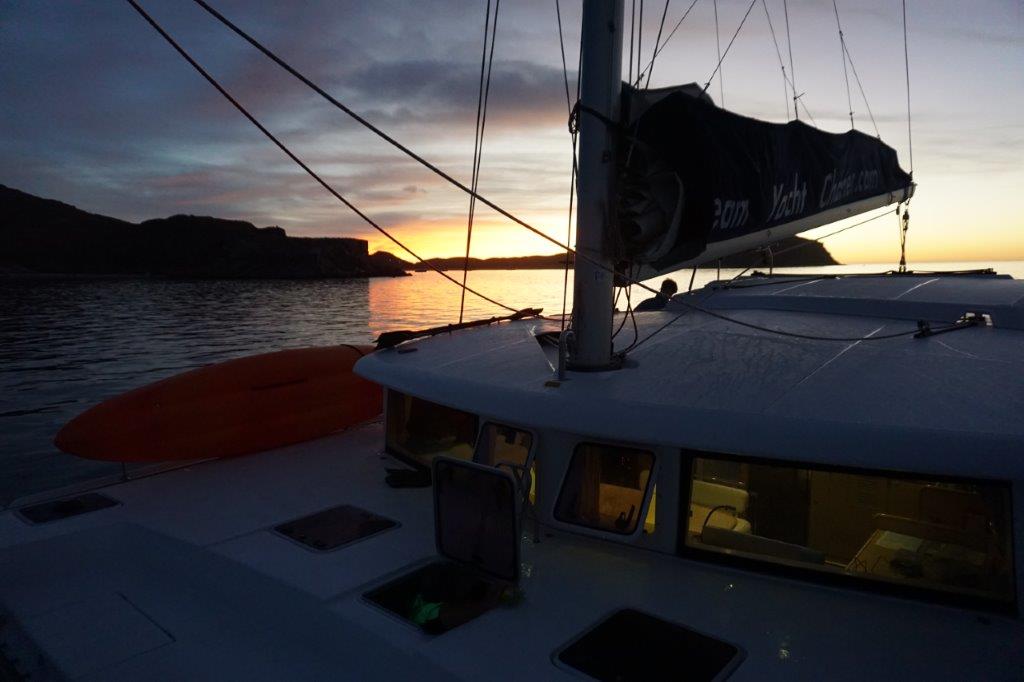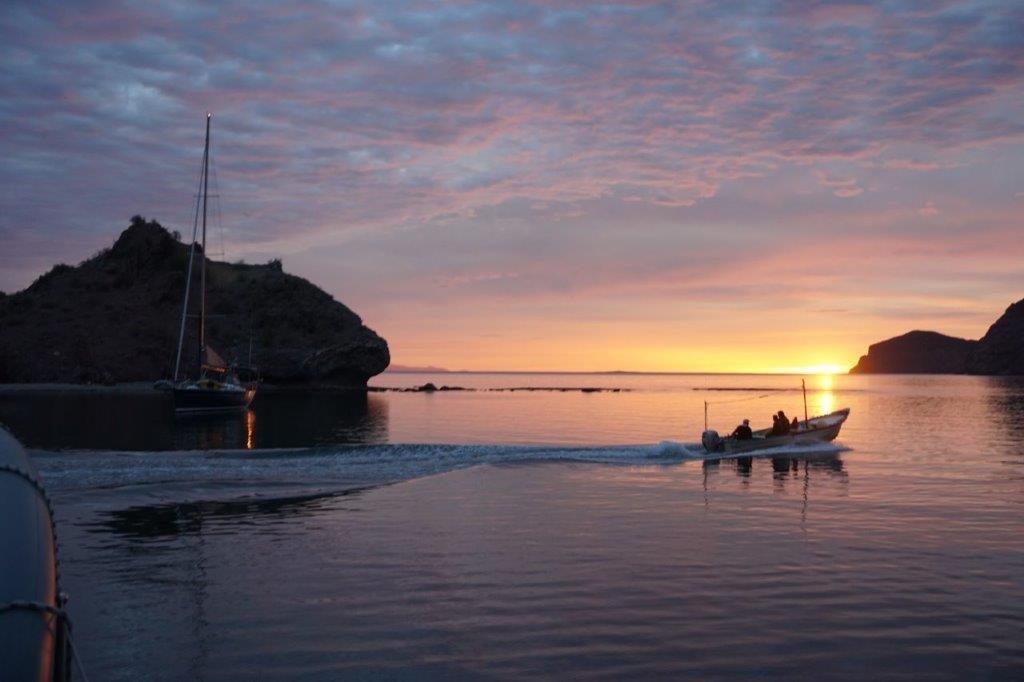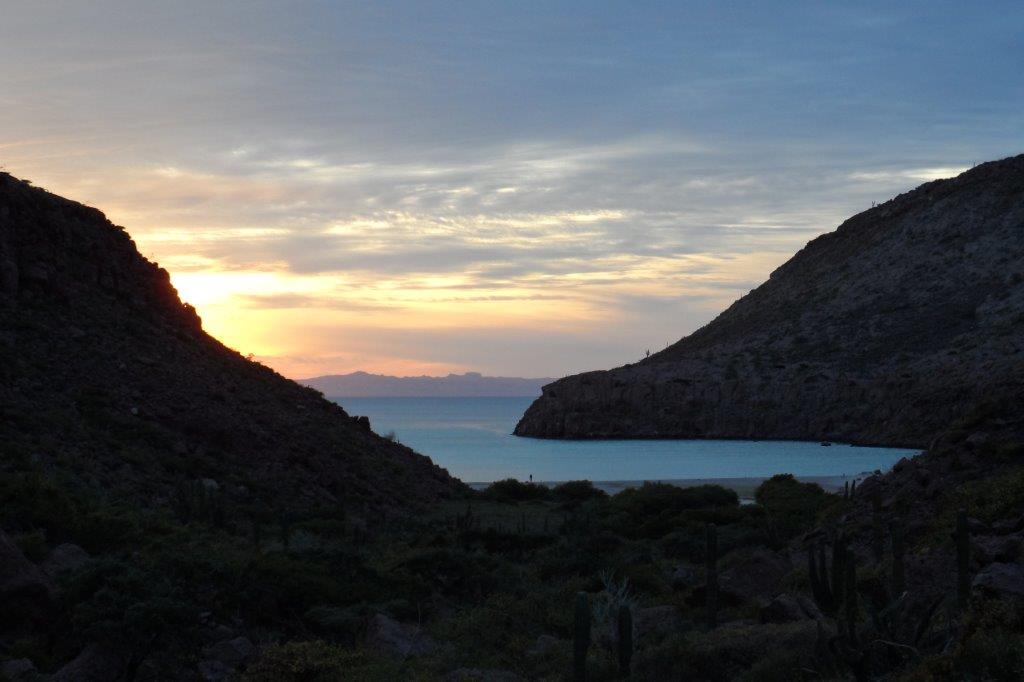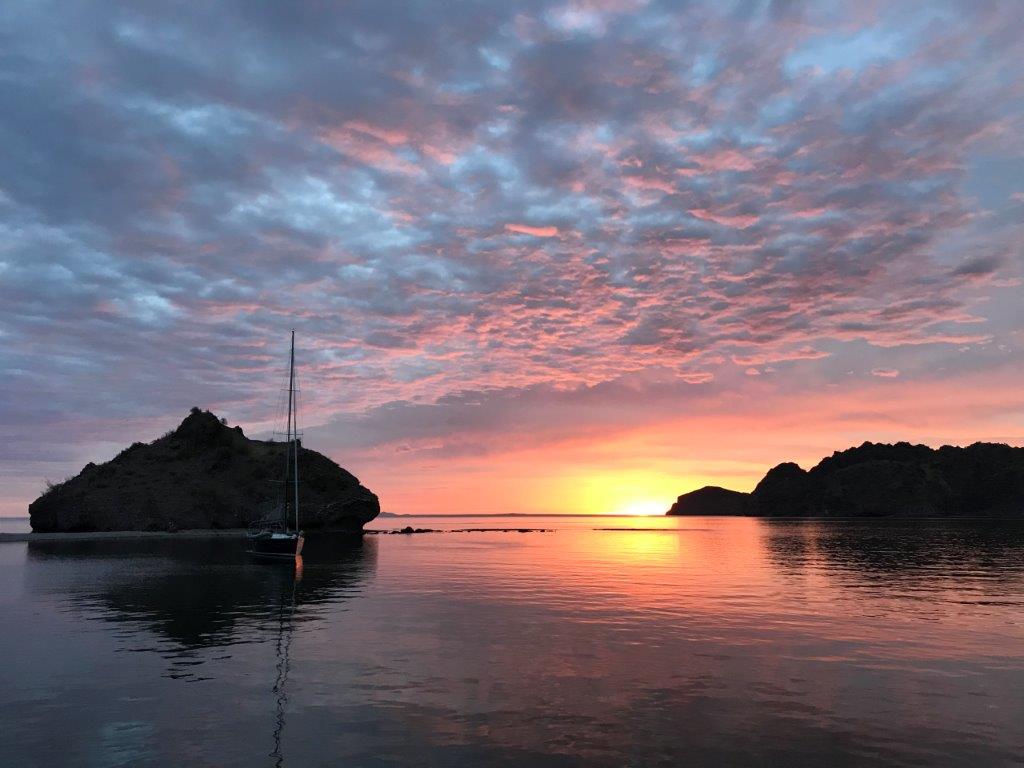Uncrowded Beauty
Imagine yourself leading family and friends on a week-long charter on a new Lagoon 450 catamaran. You can do this because you’ve achieved your Bareboat Charter Master Certification and Catamaran Endorsement, having gotten your training in these same waters with Santana Sailing. Now, this boat is yours for the week.
The air is warm as you depart the marina, and your guests share a bit of excitement with you as a Manta Ray leaps out of the water with great flapping wings. Your guests don’t know the area but have heard about it, and you feel confident in the training you’ve received.
Photo: Wes Smith
Good Sailing
It’s the Sea of Cortez. You could sail anywhere in the world, but you’ve come to this place. With warm water, uncrowded anchorages and abundant sea life, The Sea has attracted luminaries like Scuba Pioneer Jacques Cousteau, author John Steinbeck, and legendary cruisers Lin and Larry Pardey, all of whom spent significant time in and on these waters.
The Sea of Cortez is one of the most stunning cruising grounds in North America
Photo: Wes Smith
Different and Fresh
The Sea of Cortez is a completely different and fresh experience from the Caribbean or Mediterranean. No crowds, no boat boys, few tourists, no race to the next mooring field – just stunning scenery, a good sailing breeze, and a chance for solitude.
Photo: Wes Smith
World Class Instruction
You can also get your International Sailing License (SLC) and/or Bareboat Charter Master training and assessment completed during the week with Santana Sailing. And, it is very easy to get there – a 2h 30m flight will bring you from LAX to Cabo.
Read this blog I wrote, published by NauticEd for additional details: Cruise The Sea of Cortez
Jaw Dropping Sunsets and Sunrises
Frequently the sunsets are so amazing that the conversation just stops. And when you wake up to the sound of bare feet pattering on deck with hushed oohs and ahhhs, get out of bed and grab your camera.
Contact us to learn more about Instructional Cruises and Slow Cruises on The Sea. Scroll down for a gallery of un-retouched sunsets and sunrises.
